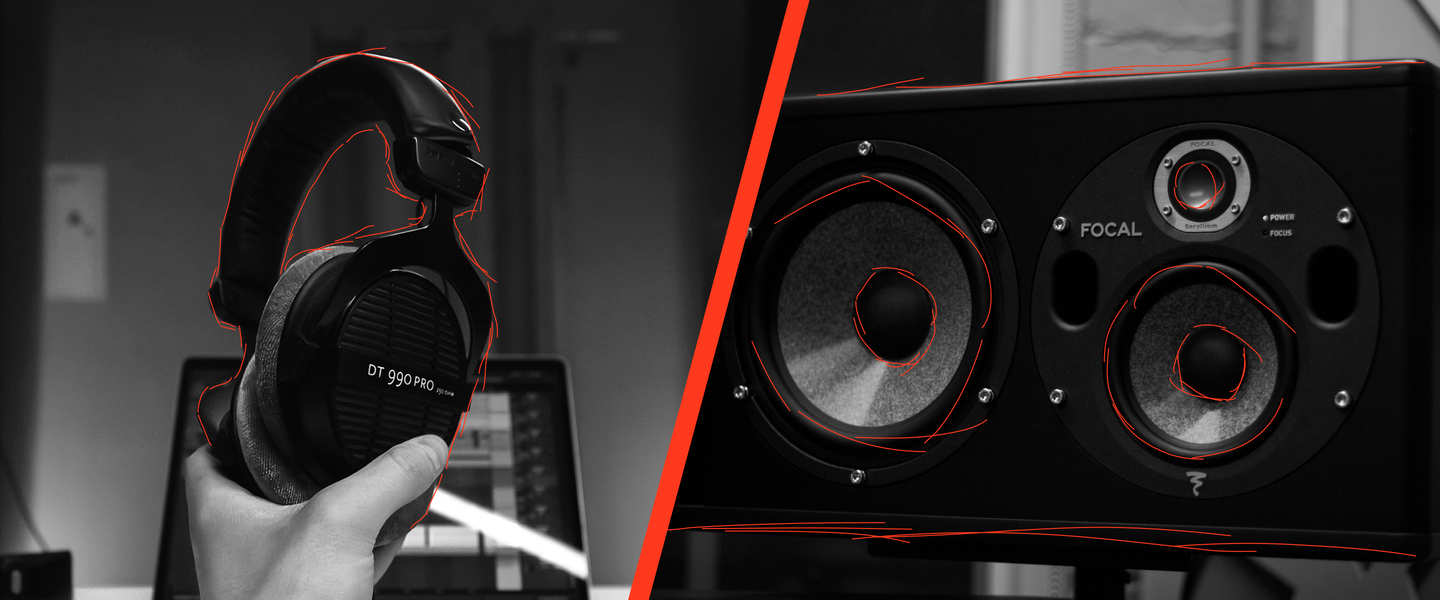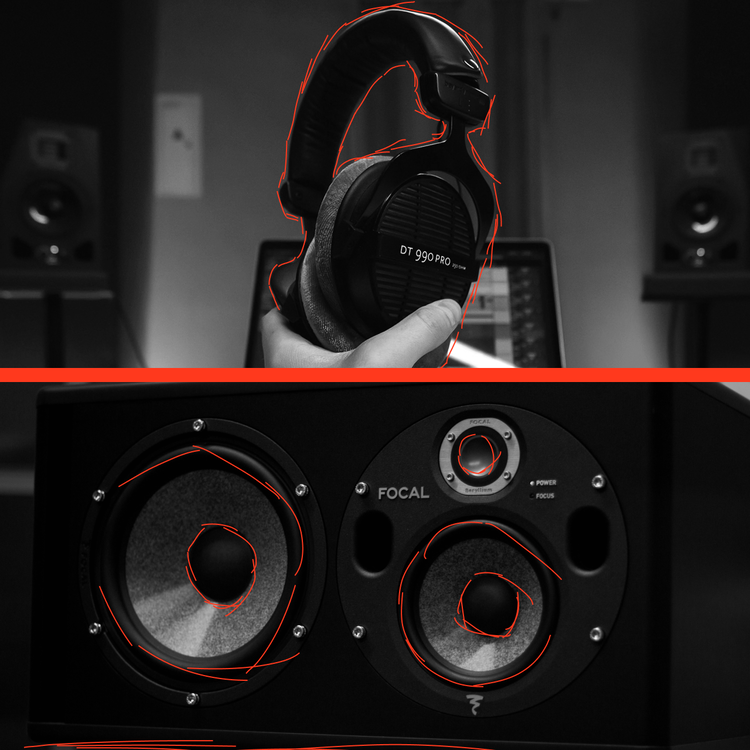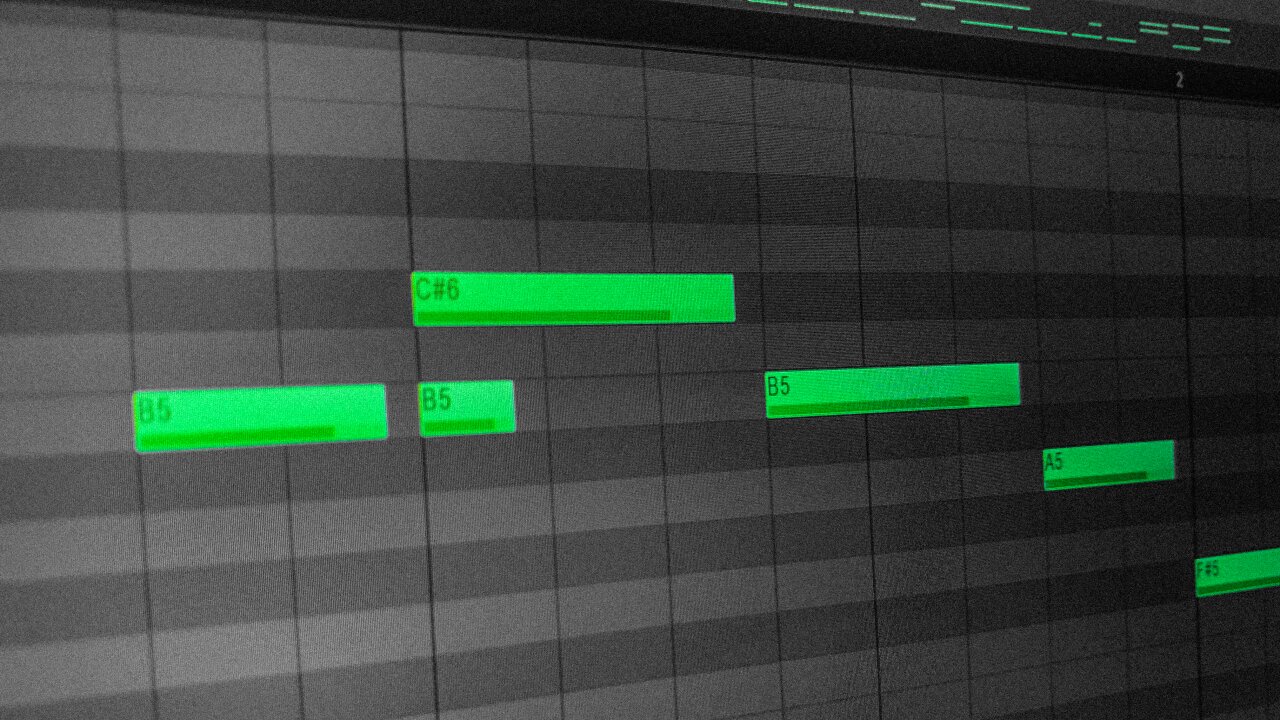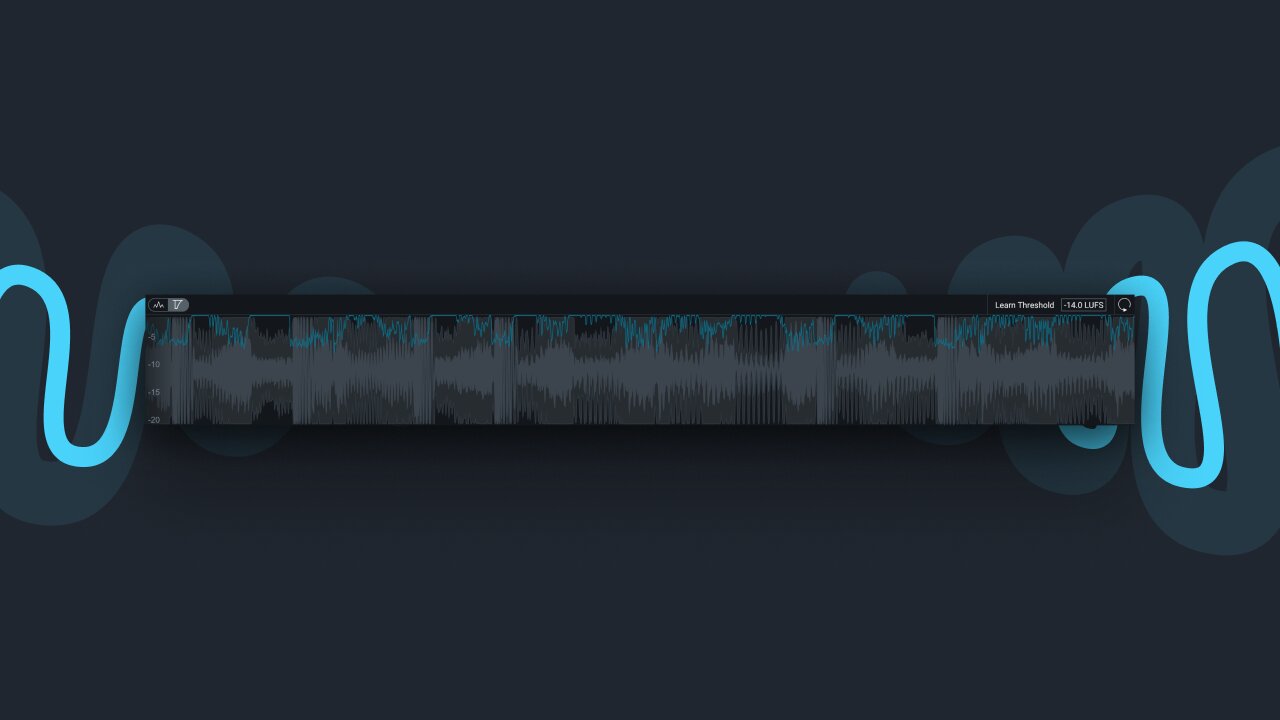Headphones vs Studio monitors: Which is better?
Should you get studio headphones or studio monitors for making music and mixing? Find out which one is better before you upgrade your home studio.
Which one is better, headphones or monitors?
To keep the long “headphones vs studio monitors” debate short, studio monitors are generally better for making music—especially mixing. There’s a reason why you see gigantic studio monitors in professional recording studios and rarely see top-tier engineers use headphones.
However, there is a big HOWEVER.
Studio monitors are the better pick if you own good monitors, have a particularly sized studio room, and invest in proper acoustic treatment. If you buy monitors for 200 bucks and set them up in a room with no acoustic treatment, best believe those studio headphones for 150 bucks will easily outperform your monitors.
When to pick studio headphones.
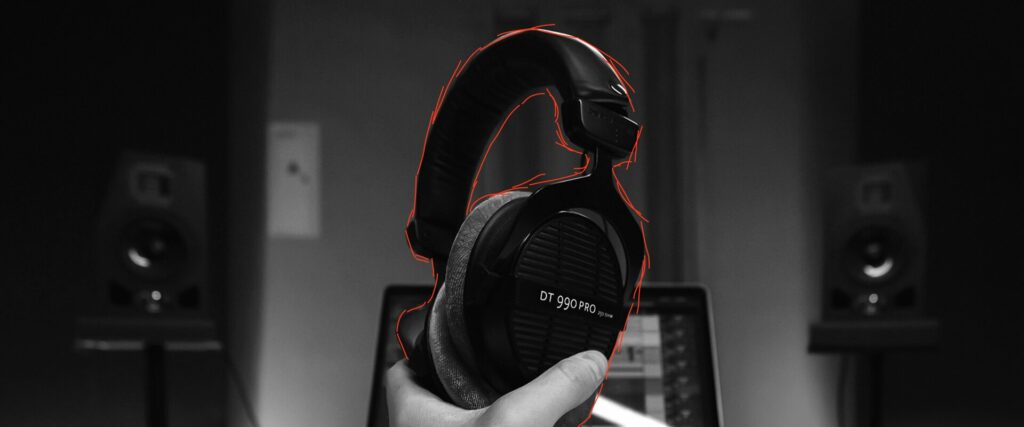
Budget
You should consider picking up studio headphones over monitors when you don’t have a big budget. Especially if you’re a beginner and only have an under $100 or under $200 budget, studio headphones got the performance and value for your money.
Not to get the most out of your studio monitors, but to get them to perform how they are intended, you need to strategically rearrange your home studio and invest a decent amount of money into proper acoustic treatment and other studio gear. This is a significant upfront ask that a beginner or musician on a tighter budget can’t justify.
Frequency range
Unlike monitors, even the cheaper studio headphones tend to cover the entire frequency range from 20hz to 20000hz. Most of the time, they even go lower and higher than that. With studio monitors, you need to get bigger and pricier monitors, preferably with 8″ woofers, to get down to under 40hz.
Most producers who get their first pair of affordable small 5″ studio monitors are often disappointed by the lack of sub-bass. Sure, you can invest in an additional subwoofer (and most likely should), but that’s once again another investment to make monitors work.
Portability
This one is more of a nice-to-have. If you’re a lot on the go, having a good pair of headphones you trust is very convenient. If you’re team studio monitors but are also a lot on the go, you can always use cheap headphones to produce and capture ideas but finish your tracks when you’re back in your home studio with your proper setup. So portability shouldn’t be the deciding factor but is merely an advantage for headphone users.
Noise
Closed-back headphones should be your pick if you live in a noisy environment. They’ll isolate most of the surrounding and distracting noise and let you focus on your music. At the same time, if you live in an apartment and can’t be the one making all the noise, going for studio monitors might not be the best idea. Unless you like angry neighbors.
When to pick studio monitors.
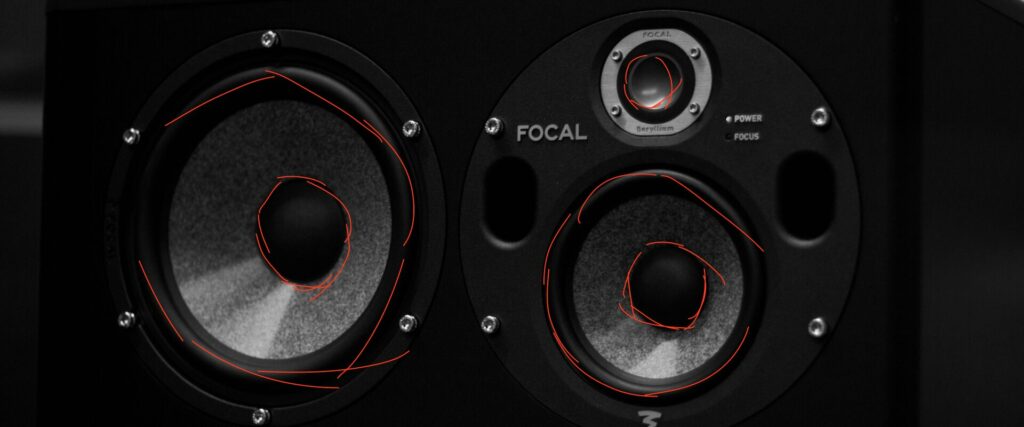
Authentic sound stage
Making and mixing music on studio monitors will give you a more realistic representation of your tracks since speakers are much closer to how we perceive sound in real life than typical headphones. Headphones give you an almost “too accurate” sound stage.
In the real world, you hear everything around you with both of your ears, just like studio monitors. So if a person sits on your left and talks to you, you’ll still hear him through both your ears. Just like if you pan an element all the way to the left side of your mix, you’ll still hear that element with your right ear due to reflections and how soundwaves scatter in the room. With headphones, an element that’s panned to the left will only be audible with your left ear—creating an unnatural sound stage.
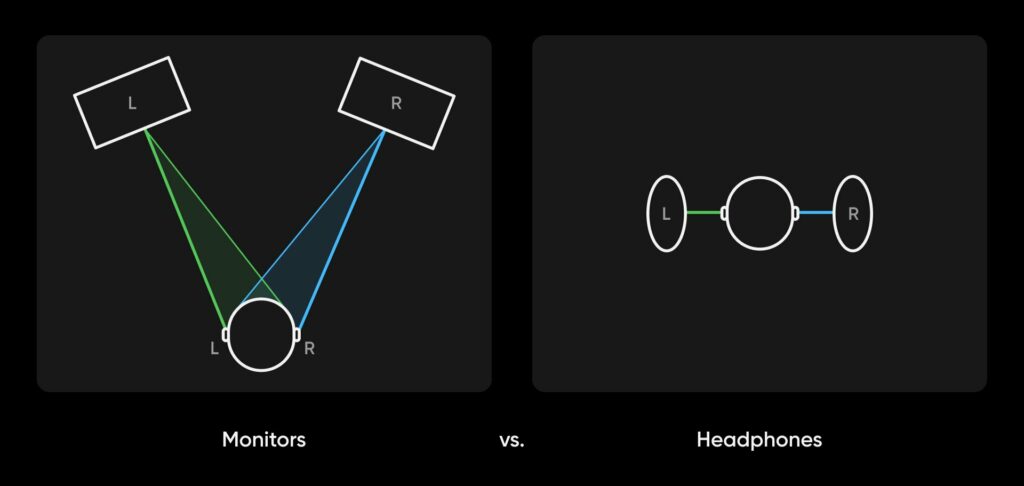
Less ear fatigue
Now it’s always recommended to take frequent breaks to rest your ears, no matter if you’re using headphones or monitors. But typically, you’ll experience ear fatigue a lot faster and more frequently when using headphones. Although you should still take breaks, you can naturally produce, mix, and be creative much longer on studio monitors.
Don’t know what ear fatigue is? Simply put, it’s like going on a run for hours and having sore legs—but with your ears. If you produce for hours non-stop without taking any breaks, your ears will get “tired” in a sense. Unfortunately, this often leads to making weird and bad mixing decisions and potentially tinnitus in the long run.
Conclusion: Headphones vs Studio Monitors?
While one is technically better than the other, it may not be a better pick for YOU. It really just comes down to your own specific circumstances.
For example, if you’re a beginner or on a tight budget, you should 100% go with a solid pair of studio headphones. On the other hand, if you’re upgrading your home studio and are looking to get the best top-of-the-line sound experience—pick up a decent set of studio monitors, some quality monitor stands, and proper acoustic panels.
Ultimately, it doesn’t matter which one you go with. Instead, it’s crucial to pick one that fits your current needs the best and stick with it. Once you get hundreds of hours of listening time on your headphones or monitors, you’ll get used to them, which is the most essential part—because once you know them in and out, you’ll make the best mixing decisions.
Still unsure?
There is a great video by ADAM Audio that goes over this topic shortly in two minutes. Although they don’t discuss anything we haven’t, perhaps a different explanation can help you make the right decision.
